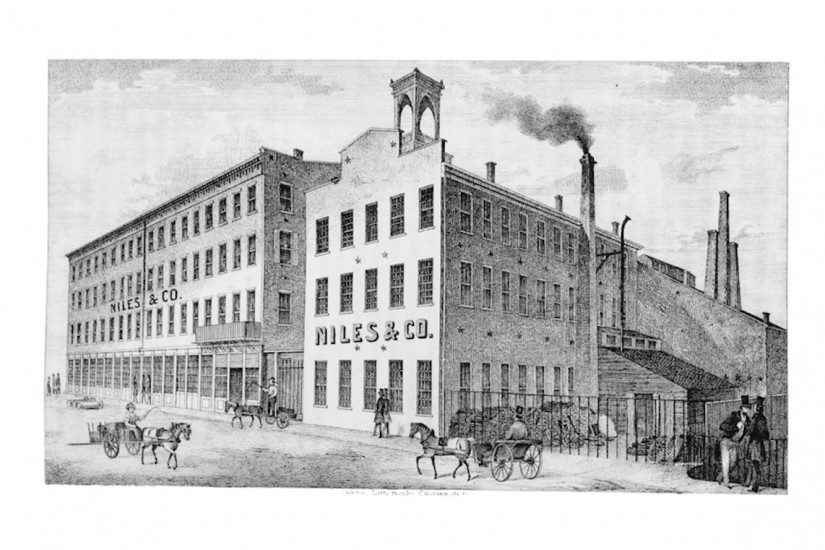In the 21st century, cities and states fund professional economic-development agencies to promote local growth and chase tech industries. They partner with private business organizations. They claim the expertise to turn local resources into breakout industries. They mobilize orchestras of economists, planners, data analysts, technical writers, PR professionals, and graphic designers to produce brochures, maps, websites, convention displays, press releases, and tours of local highlights for visiting delegations.
But if you wanted to know about the growth and prospects of Cincinnati in the 1840s and 1850s, there was one person to ask: Charles Cist.
In the middle decades of the 19th century, Charles Cist and others like him were one-man bands who gathered, sorted, analyzed, and published substantial information-packed books all on their own. These publications combined excited accounts of the rapid growth of their new cities with page after page of statistics on trade, manufacturing, and civic institutions like churches and schools.
The title of an 1857 volume by George H. Thurston—Pittsburgh as it is, or, Facts and figures, exhibiting the past and present of Pittsburgh: its advantages, resources, manufactures, and commerce—sums up the typical contents. Not to be outdone, Chicago’s Elias Colbert followed in 1868 with his Historical and Statistical Sketch of the Garden City: a Chronicle of Its Social, Municipal, Commercial and Manufacturing Progress, from the Beginning until Now (urbs in horto, “the city in a garden,” is the motto of Chicago).
Such books required enormous amounts of painstaking work in reporting and transcribing data, summing columns, and double-checking numbers—all without the aid of Excel spreadsheets, Hewlett-Packard calculators, clattering Friden calculating machines, or even Hollerith card sorters (first used for the 1890 census).
The Philadelphia-born Cist had been in Cincinnati for a dozen years, running a salt-importing business to serve the meatpacking industry, making friends, and cultivating political connections, when he was appointed to take the 1840 census. Then a city of 46,000, Cincinnati was booming from steamboat trade and the new Miami and Erie Canal to Toledo, and bustling with newcomers from Ireland, Germany, and the eastern states. Cist claimed that he walked every street of the city and knocked on every door, although Northwestern University historian Henry Binford notes that variations in handwriting on several pages of the census manuscripts suggest that he had a bit of help.
